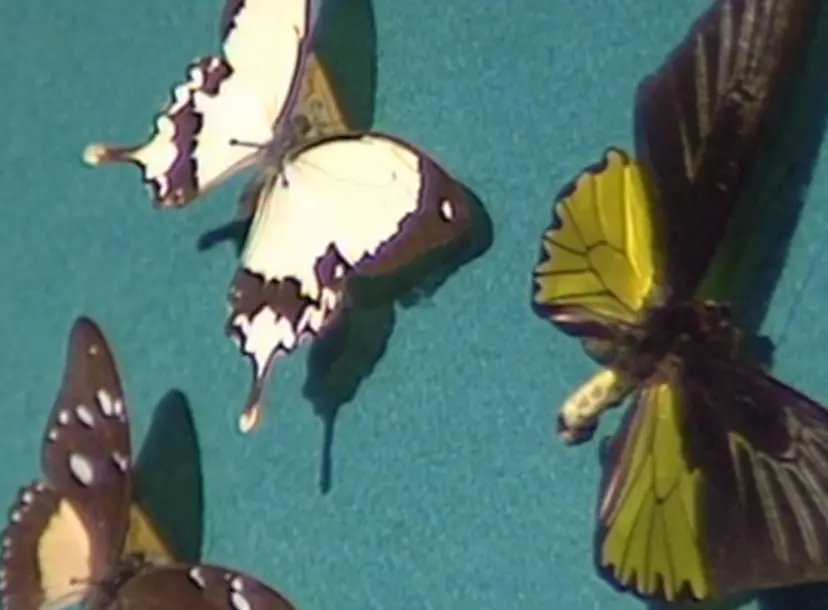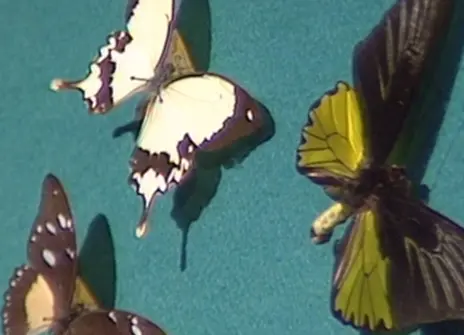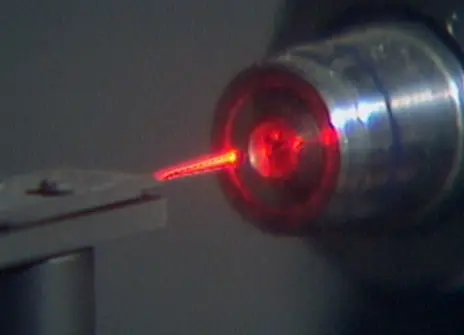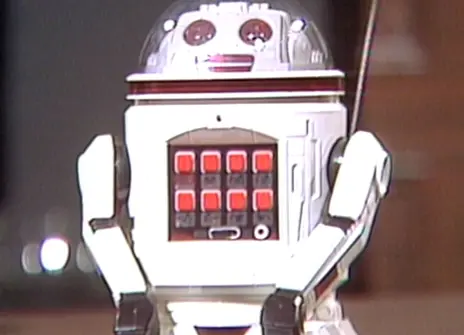Lecture 2 – Animal talk
From the 1985 lecture programme:
All animals depend on communication, at least for reproduction and often for a complex social life. But the methods they use are often different because their sense organs work in a variety of often surprising ways.
Some use 'sounds' and ’colours’ that we cannot hear or see. Some signals that we can detect are coded in unfamiliar ways so that the messages are indecipherable unless we use special instruments. Many animals use their sense of smell to a much greater extent and in more subtle ways than we can. Even less imaginable is the world of some fishes that use ‘touch at a distance’ or may emit weak electrical signals underwater and detect them by sense organs in their skin.
Nor do animals communicate only with their own kind. Some must ensure that their signals do not betray them to predators, while venomous species boldly advertise so that they are not attacked by mistake. Other messages are very misleading, ranging from harmless fibs to downright black lies. Even plants may communicate with animals and sometimes use deceptions too. Finally, Man often communicates with his domestic beasts and achieves some of the finest examples of cooperation between species.
About the 1985 CHRISTMAS LECTURES
From the 1985 lecture programme:
People communicate all the time. A lecture is one special kind of communication but we communicate with each other in a wide variety of different ways, for otherwise, life itself would be impossible. The basic principles are really quite simple but the details are endless and fascinating. We will explore together the fundamental 'rules of the game’ of communicating and use them to examine a wide range of different examples.
The thread will run from personal exchanges and the rich variety of methods used by animals to modern telecommunications systems. A special branch of the subject is the use of echoes by radar and bats, which show remarkable parallels in their operation. Communication systems also link all parts of the body, coordinating its external actions and its internal maintenance under the ultimate control of the brain. This will lead us finally to computers that mimic many aspects of brain function and now extend our mental abilities enormously. Indeed, we will use computers for many demonstrations throughout the series of lectures.
All these topics will take us from the microscopic scale of silicon chips and nerve membranes to worldwide technology and even deep into space. We shall need to draw upon elements of chemistry, engineering, physics, zoology and many other branches of science for the subject is truly universal in scope.






